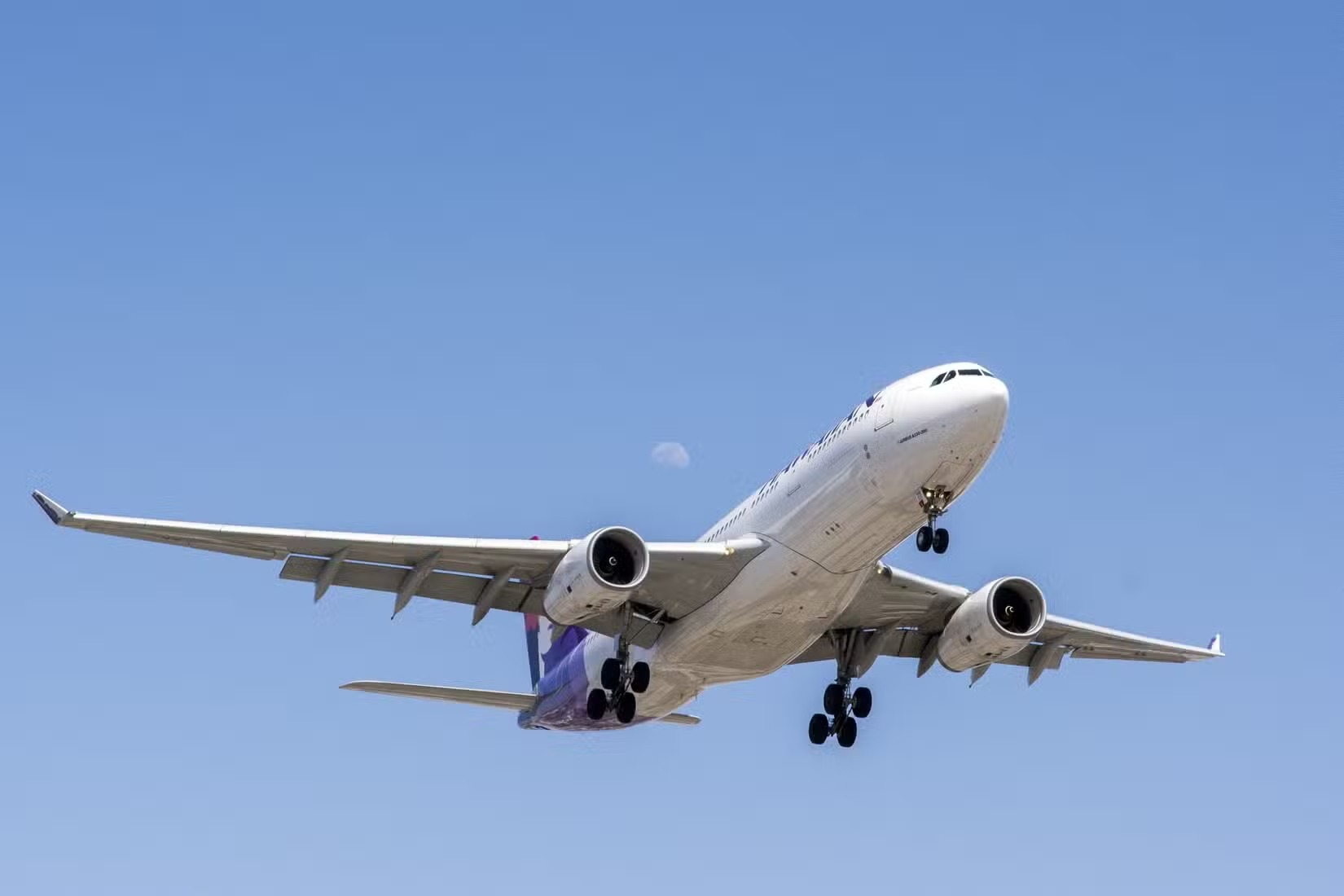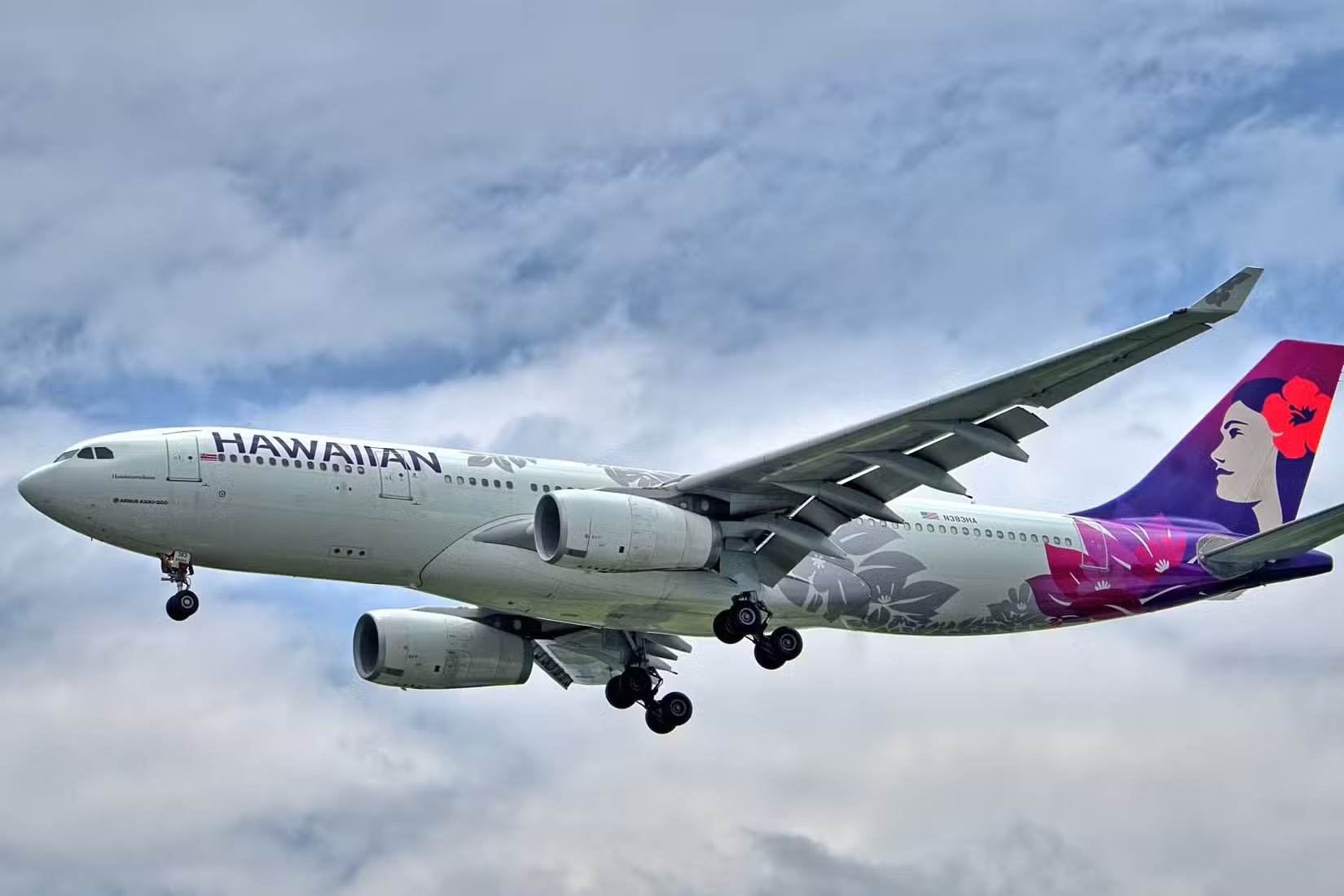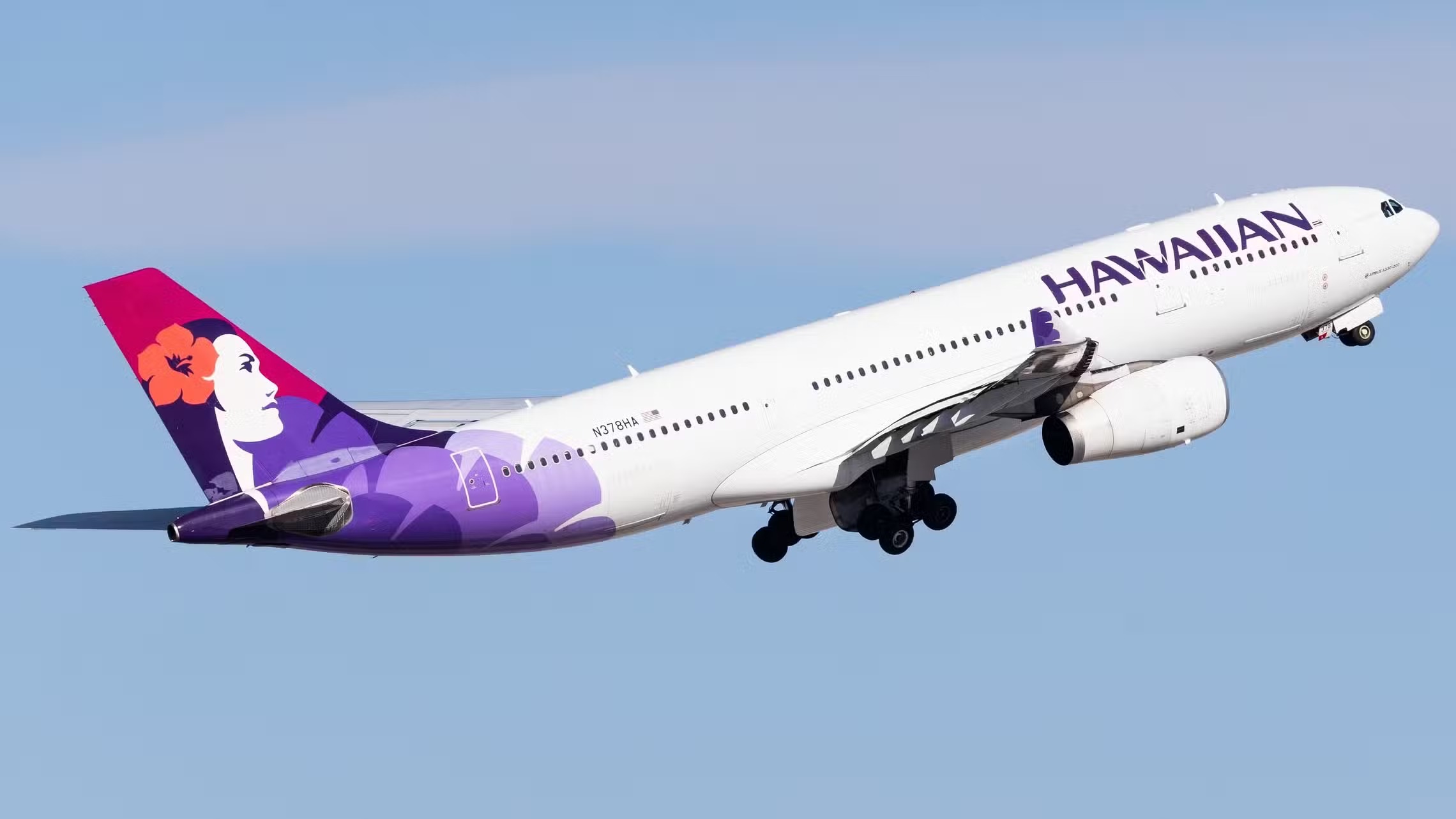The National Transportation Safety Board (NTSB) has blamed the flight crew of a Hawaiian Airlines flight for a severe turbulence incident experienced in December 2022. Pilots of the Hawaiian Airbus A330-200 decided to fly above a known storm cell instead of going around it, leading to four serious injuries onboard and several more minor injuries.
NTSB releases final report on Hawaiian Dec 2022 turbulence
The NTSB’s final report on the turbulence event that struck Hawaiian Airlines Flight 35 on December 18th, 2022, stated that the probable cause to be,
“The flight crew’s decision to fly over an observed storm cell instead of deviating around it despite sufficient meteorological information indicating the potential for severe convective activity.”
The Airbus A330 – which was less than 45 minutes from landing at Daniel K. Inouye International Airport (HNL) in Honolulu – was cruising at FL400 approximately 65 nautical miles from Kahului, Hawaii. At that point, the aircraft’s eight cabin crew members were in the process of finishing up cabin service and securing carts, while pilots were aware of National Weather Service forecasts of possible adverse conditions ahead.

Photo: Santiparp Wattanaporn | Shutterstock
Having noticed a cloud plume growing vertically, the flight crew attempted to warn cabin crew of possible turbulence and informed the lead flight attendant – however, turbulence struck just as the lead flight attendant was initiating a call to the other cabin crew.
Dozens of injuries
Data from the aircraft reveals it reached a vertical acceleration of 2.18 G, with passengers describing a “hard jolt” before the aircraft plummeted into a “free fall” – after around 3 seconds, there were then “two hard hits”. Some passengers and items were thrown into the ceiling before plummeting back to the floor and one female passenger was using the lavatory at the time, suffering injuries inside the lavatory before crawling back to her seat.
In total, there were four serious injuries (1 crew, 3 passengers) and another 20 minor injuries (3 crew, 17 passengers) -one of which included a lap-held baby – with a total of 36 individuals treated by medical personnel. While the seatbelt sign was switched on at this point, the flight crew did not have the opportunity to make an announcement of impending turbulence over the PA system.
Having been informed of the many injuries onboard, air traffic control (ATC) declared an emergency and arranged for medical personnel to meet the aircraft upon landing.
Storm cell “built super fast”
Just before the turbulence hit, the flight crew noticed a plume developing ahead but believed the aircraft would “clear most of it.” The first officer was the pilot flying, while the captain was the pilot monitoring.

After the event, the cockpit voice recorder (CVR) picked up a conversation between the flight crew, who discussed that they should have “gone around it.” The two pilots would also remark that the storm cell initially appeared “kinda flat” but that, once the aircraft got closer to it, “it built super fast.”
Hawaiian Airlines said in a statement,
“We regularly train our crews on significant weather avoidance, including in-air turbulence. Following Flight 35, we conducted a thorough internal review and cooperated with the NTSB to understand the factors that led the aircraft to encounter stronger than anticipated and reported turbulence.”
Source: Simple Flying

Warning: Illegal string offset 'cookies' in /home/u623323914/domains/eng.bayviet.com.vn/public_html/wp-includes/comment-template.php on line 2564